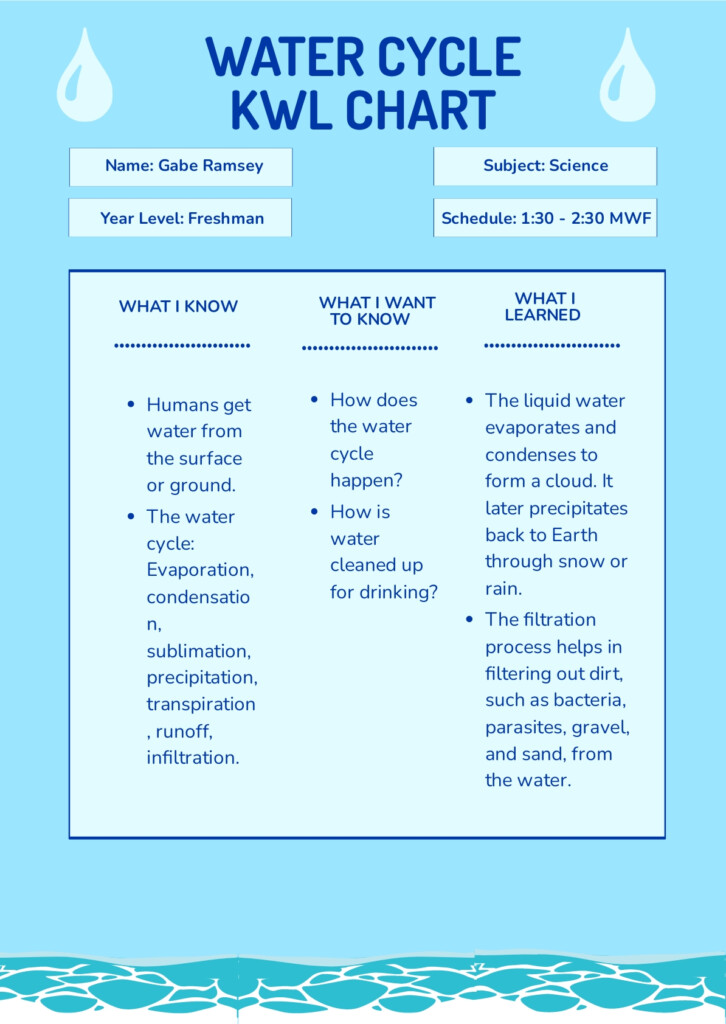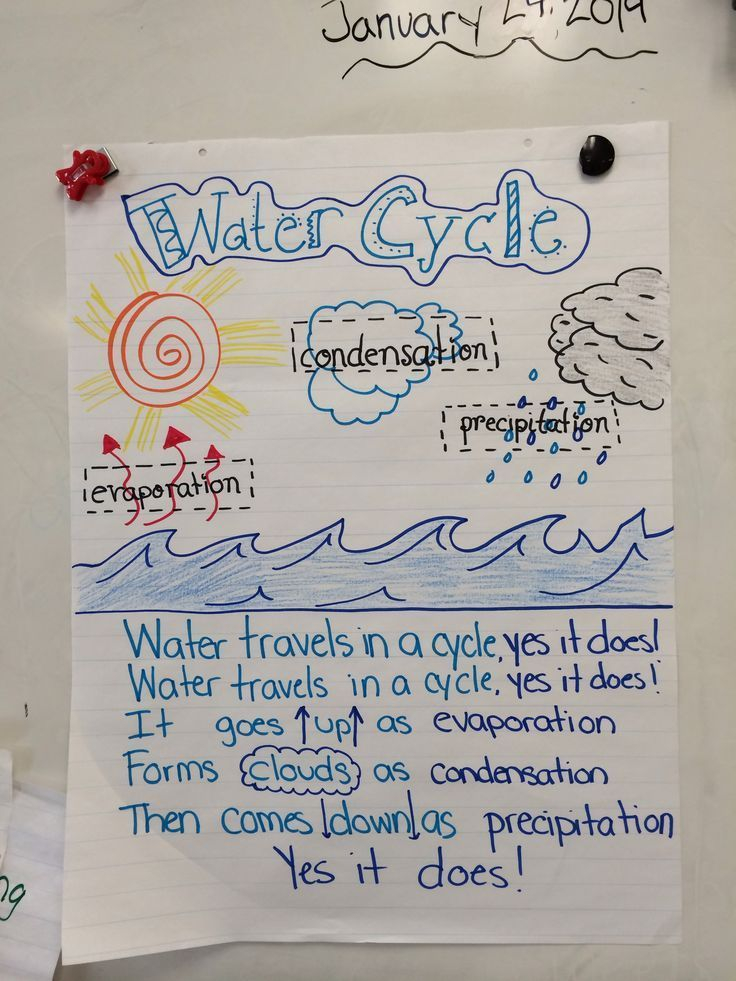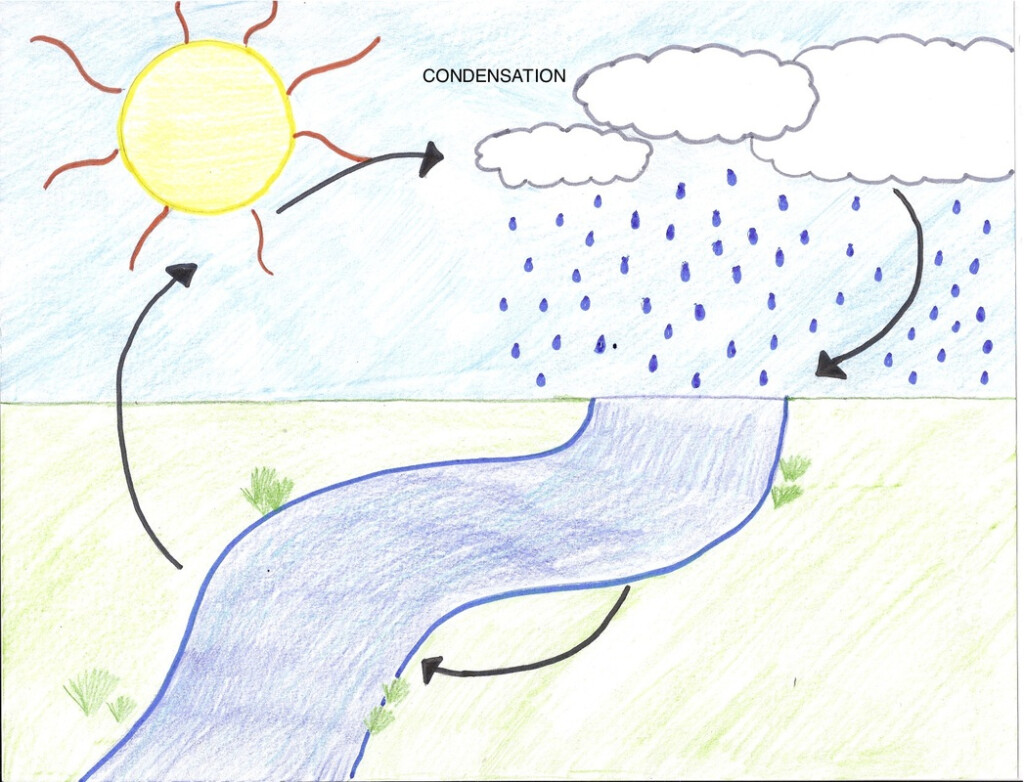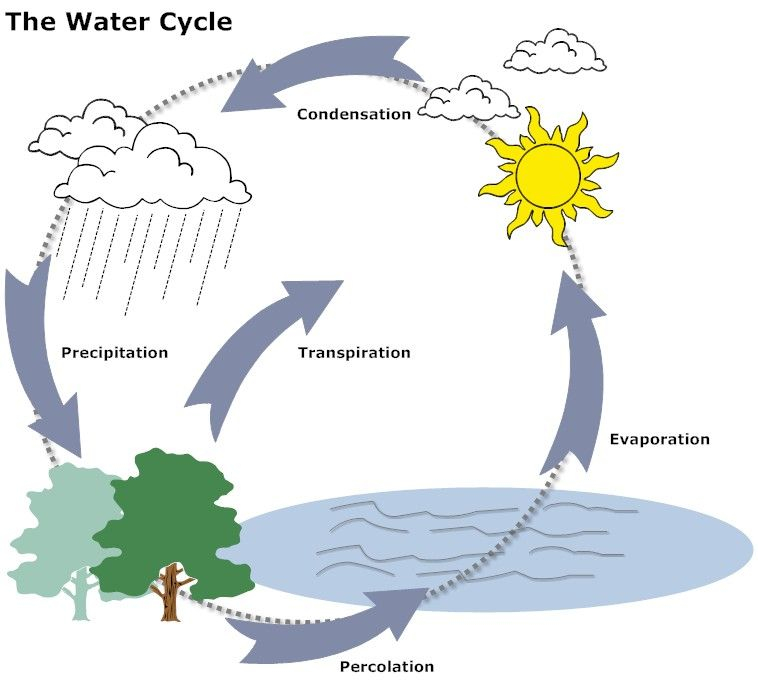The water cycle, also known as the hydrological cycle, is a continuous process through which water circulates between the Earth’s surface and the atmosphere. This natural cycle is vital for sustaining life on our planet as it regulates the distribution of water across different regions.
At the heart of the water cycle is the concept of evaporation, condensation, and precipitation. Water evaporates from oceans, rivers, lakes, and other bodies of water due to the heat from the sun. The water vapor then rises into the atmosphere where it cools and condenses to form clouds. When the clouds become heavy with water droplets, precipitation occurs in the form of rain, snow, sleet, or hail, which eventually flows back into rivers, lakes, and oceans.
Flow Chart Of Water Cycle
Stages of the Water Cycle
The flow chart of the water cycle can be broken down into several key stages. The first stage is evaporation, where water is heated by the sun and turns into water vapor. This vapor rises into the atmosphere and forms clouds through condensation. The next stage is precipitation, where water droplets in the clouds become heavy and fall back to the Earth as rain or snow. This water then flows into bodies of water or seeps into the ground as groundwater.
The final stage of the water cycle is runoff, where excess water flows over the land surface and collects in rivers, lakes, and oceans. This water eventually evaporates again, continuing the cycle. It’s important to note that the water cycle is a closed system, meaning that the total amount of water on Earth remains constant and simply changes form as it moves through the cycle.
Importance of Understanding the Water Cycle
Understanding the flow chart of the water cycle is crucial for various reasons. It helps us appreciate the interconnectedness of different natural systems and how water plays a crucial role in sustaining life on Earth. By understanding how water circulates through the environment, we can also better manage and conserve water resources for future generations.
Moreover, the water cycle is closely linked to weather patterns, climate change, and ecosystem dynamics. By studying the water cycle, scientists can gain insights into how changes in temperature, precipitation, and land use impact water availability and quality. This knowledge is essential for developing sustainable water management practices and mitigating the effects of climate change on water resources.
By delving into the flow chart of the water cycle, we can gain a deeper appreciation for the intricate processes that govern our planet’s water supply and the importance of preserving this precious resource for future generations.
Download Flow Chart Of Water Cycle
Water Cycle Kwl Chart Kwl Chart Water Cycle Project W Vrogue co
Condensation Water Cycle
Flow Chart Water Cycle
SmartDraw Easy Drawings Cycle Drawing Water Cycle Diagram




